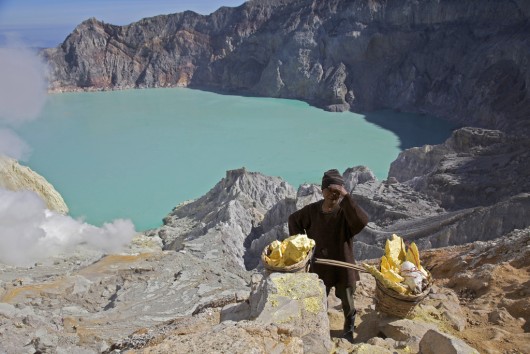Andean Region Launches SDSN Chapter to Meet SDGs
 The year 2015, a year characterized by international cooperation and declarations, has notched another important agreement with poverty-reducing implications.
The year 2015, a year characterized by international cooperation and declarations, has notched another important agreement with poverty-reducing implications.
The United Nations-affiliated Sustainable Development Solutions Network, whose work it is to mobilize and organize scientific and technical expertise pertaining to sustainable development, launched the Andean Network in June.
The Andean Network is one of nine regional hubs for the SDSN, all of whom aim to strengthen cooperation, kickstart research and implement policies that contribute to sustainable development.
The Andean Network is comprised of Venezuela, Peru, Colombia, Ecuador, Bolivia, Chile and Argentina. With nearly 200 million people, it is headquartered at The University of Investigación de Technología Experimental in Ecuador.
The group will work to further the goals of the SDSN, like meeting the Sustainable Development Goals, or SDGs. The SDSN also focuses on 12 thematic groups, including Reducing Poverty and Building Peace in Fragile Regions, Deep Decarbonization Pathways, Health for All, Sustainable Agriculture and Food Systems, and Good Governance of Extractive and Land Resources.
In their launch declaration, the Andean Network highlighted how they planned on meeting their specific regional needs. By concentrating on creating a “region of educational excellence” and not overlooking traditionally marginalized populations, they will create a “base for this region’s long-term sustainable development.”
To get to a point of educational excellence, more networking among universities and research centers are needed. Doing so is expected to foster high-technology enterprises that will benefit from the new research efforts and their findings.
These links will then be extended to government and the private sector, putting the technological advances into “business, public services, and policies.”
Some of the early priorities that the Andean Network hopes to address are sustainable agriculture, sustainable energy production and preserving the biodiversity. The Andean region is the birthplace of the major Amazonian Rivers and holds 90 percent of the world’s tropical glaciers. Once again, they plan on meeting these priorities through quality education.
Other regional SDSN networks include Southeast Asia, the Mediterranean, the Sahel, Australia/Pacific, the Caribbean, South Asia, the Amazon and the Great Lakes region in Africa. Each network is able to focus on issues unique to their region while still working under the guiding principles of the SDSN.
A new member of the SDSN group signifies the growing importance and attention given to the SDGs and sustainable development in general. A concerted effort by researchers, students, governments and others will help serve the nearly 200 million people living inside the Andean region.
– John Wachter
Sources: Sustainable Development Solutions Network, United Nations
Photo: Flickr
